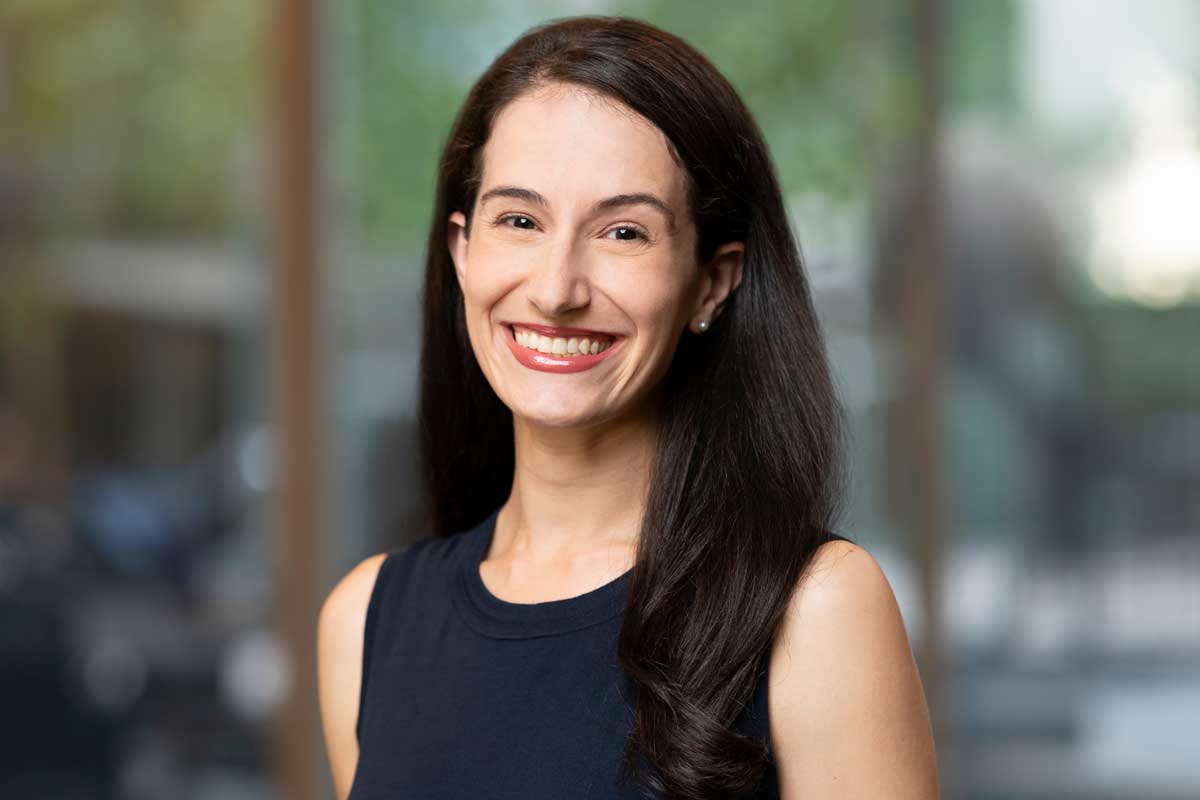
Melanoma is by far the most serious form of skin cancer. It’s diagnosed in about 105,000 people in the United States every year, and more than 7,000 Americans die from it annually. But when it’s caught and treated early, the disease is almost always curable. That’s why it’s important to develop more effective ways to detect melanoma in its earliest stages — a key focus of research at Memorial Sloan Kettering and elsewhere.
One approach that’s showing promise is the creation of artificial intelligence (AI) tools. For the past five years, investigators from MSK have led an annual Grand Challenge for the development of AI algorithms that can accurately distinguish between spots that are melanoma and those that are not. The event is overseen by the International Skin Imaging Collaboration (ISIC), an industry-academia partnership based at MSK.
“We have teams from around the world that participate in this event, ranging from groups of high school students to the top companies working in AI,” says Allan Halpern, Chief of MSK’s Dermatology Service, who founded ISIC in 2014. “The Grand Challenge was created to encourage the computer science community to address this particular problem. Everyone who participates shares their methodology, and that allows the entire field to grow.”
Scanning the Entire Body in 3-D
When melanoma is detected and treated early, the disease is almost always curable.
Dr. Halpern has been an international leader in applying technology to the detection of melanoma for more than two decades. He previously played a central role in the development of digital 3-D total body photography, which uses computer software and dozens of cameras to map the entire surface of the body. This approach is used at MSK to screen people who are at high risk of developing melanoma because of a personal or family history, especially those who have a large number of atypical moles.
Dr. Halpern created ISIC to optimize the use of digital imaging in melanoma diagnosis. The group includes dermatologists, computer scientists, and other experts from all over the world, whose goals include standardizing the way these images are taken and collecting large databases of images that can be used in research.
One of the most important requirements for the development of AI technology is large volumes of data that can be used to “train” the computer algorithms. For melanoma, that means photos of spots on the skin that are linked to additional clinical information about their diagnosis, including whether pathologists who reviewed the tissue ultimately found the spots to be melanoma or not. These photos are taken with a tool called a dermatoscope, a high-tech, lighted microscope that’s placed on the surface of the skin to get a closer look.
Ashfaq Marghoob, Director of Clinical Dermatology at MSK Hauppauge on Long Island, is an internationally recognized expert in dermoscopy and has helped set the standards for how these images are taken and analyzed.
Increasing Detection and Reducing Harm

One of the goals of developing AI tools for melanoma detection is to not only identify everything that is, in fact, a melanoma but also determine what is not. “The holy grail is to detect skin cancer as early as possible without causing undue harm by biopsying things that are not skin cancer,” says MSK physician-scientist Veronica Rotemberg, who is also involved in the research. “Because the risks from melanoma are great, we’d rather be safe than sorry when we decide what to biopsy.” But, she says, they want to reduce the number of biopsies to save patients from undue anxiety as well as the pain and scars.
One unfortunate aspect of the new AI technology is that it doesn’t appear to work with people who have darker skin. That’s largely because there are far fewer images of melanoma in people with dark skin that can be used to train the algorithm. “Diagnosis of melanoma on darker skin is challenging overall,” Dr. Halpern says. “We acknowledge that this is a problem, and it’s something we’re trying to address.”
Dr. Rotemberg and MSK dermatologist Michael Marchetti are developing a study to look at how well current AI technology works. They’re planning to compare AI predictions and dermatologist opinions with the findings of the pathologists who analyze the biopsy tissue.
“We think there is a potential for AI to become a valuable tool in the clinic, especially in areas where there’s a shortage of dermatologists and it’s hard for patients to get appointments,” Dr. Rotemberg says. “AI may improve the expertise of nonexperts, but it could also improve the expertise of those who are already experts.”
Support for Continued Research Advances
As investigators continue to collect more images and other data, they expect that the AI technology will continue to improve. “We think this system is also going to help with research studies about things like the evolution of moles,” Dr. Halpern explains. “The computers may be able to look at changes from year to year.”
Much of the funding for research at MSK on the early detection of melanoma has come from private philanthropy. The Shore Family Fund, through its Shore Initiative for Melanoma Diagnostic Imaging, provides financial support for MSK’s Dermatology Service for ISIC and its Grand Challenges.
The 2021 Grand Challenge is being planned for later this year.
- More than 7,000 Americans die from melanoma every year.
- The disease is curable when it’s caught early, but it is sometimes difficult to detect.
- Artificial intelligence may help detect these cancers more accurately.
- MSK experts are leading an international effort to develop better AI tools for melanoma detection.


